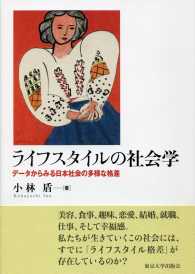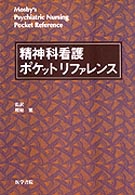- ホーム
- > 洋書
- > 英文書
- > Politics / International Relations
基本説明
New in paperback. Hardcover was published in 1997.
Full Description
Peronism, the Argentine political movement created by Juan Perón in the 1940's, has revolved since its inception around a personalistic leader, a set of powerful trade unions, and a weakly institutionalized political party. This book examines why Peronism continued to be weakly institutionalized as a party after Perón was overthrown in 1955 and argues that this weakness has impeded the consolidation of Argentine democracy.
Within an analysis of Peronism from 1943 to 1995, the author pays special attention to the 1962-66 and 1984-88 periods, when some Peronist politicians and union leaders tried, but failed, to strengthen the party structure. By identifying the forces that led to these efforts of party-building and by analyzing the counterforces that thwarted them, he shows how these failures have shaped Argentina's experience with democracy.
Drawing on this interpretation of Peronism and its place in Argentine politics, the book develops a distributive conflict/political party explanation for Argentina's democratic instability and contrasts it to alternatives that stress economic dependency, populist economic policies, political culture, and military interventionism.
Contents
1. Peronism, party institutionalization, and democracy; 2. Sectoral elites and political parties before Peron; 3. Peronism and its legacy; 4. Peronism, proscription, and the rise of Augusto Vandor; 5. Vandor versus Peron; 6. Revolution, restoration, and repression; 7. The rise and fall of renewal Peronism; 8. Free-market reform and political shenanigans; 9. Distributive conflict, party institutionalization, and democracy; Notes; Index.








